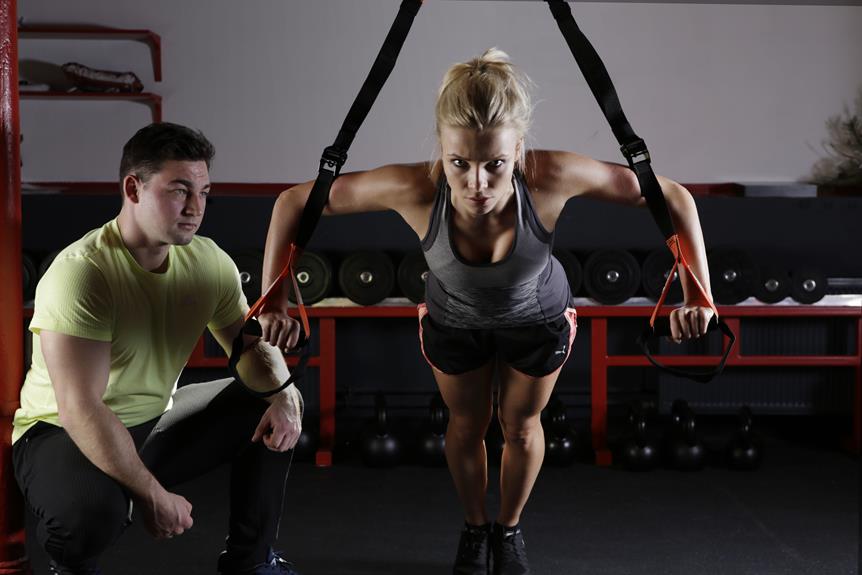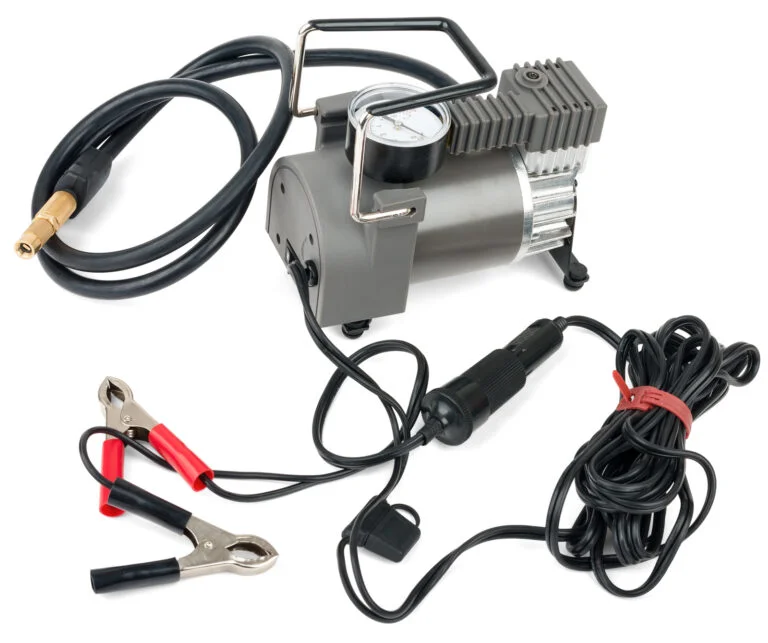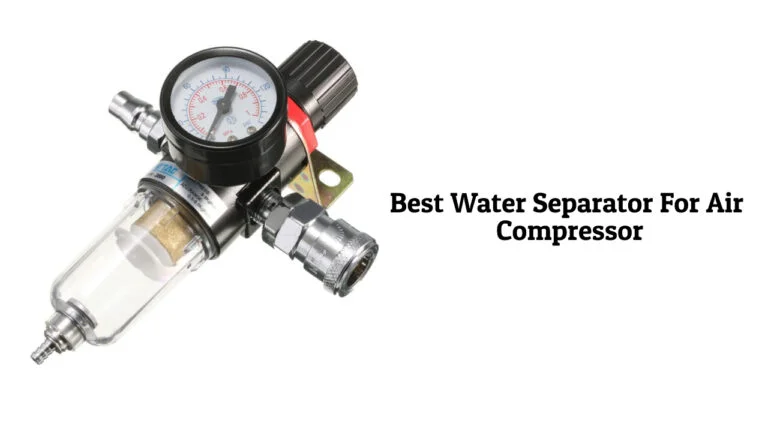Maximizing Power: Performance Camshafts Explained
Just as the heart controls the ebb and flow of blood, the camshaft dictates the rhythm of an engine. This article delves into the intricate world of performance camshafts, illuminating their role in enhancing engine power. From the principles of camshaft design to their impact on fuel efficiency, we will explore the technical nuances and offer detailed explanations, empowering you to harness the full potential of your vehicle's engine.
Key Takeaways
- Performance camshafts are designed to enhance engine power and efficiency.
- The choice of camshaft depends on specific performance goals and existing engine setup.
- Camshafts directly impact the engine's power output.
- Understanding camshaft design empowers informed decisions for maximizing power.
Understanding the Role of Camshafts in Engine Performance
To comprehend the pivotal role that camshafts play in engine performance, one must first delve into the core function and design of these crucial components. Camshafts, located within the engine block, play a critical role in modulating the opening and closing of the engine's valves. This is accomplished through the camshaft's lobes which push against the valves' lifters, dictating when fuel intake occurs and exhaust is expelled.
Performance camshafts, specifically, are designed with precision to enhance engine power and efficiency. These camshafts possess distinctive lobe profiles to optimize valve timing, increasing an engine's horsepower and torque. A camshaft upgrade, consequently, is a popular modification in the realm of engine tuning, offering significant performance enhancements.
However, it's important to note that each engine tuning project is unique, with the choice of camshaft heavily dependent on the specific performance goals and the engine's existing setup. The selection process, therefore, requires a comprehensive understanding of the engine's dynamics and the camshaft's specifications.
In essence, camshafts are integral to engine performance, with their role in valve timing directly impacting the engine's power output. Performance camshafts, thus, stand as an effective tool for those seeking liberation in engine tuning.
Components and Functionality: The Basics of Performance Camshafts
Performance camshafts owe their enhanced functionality to specific components, each meticulously designed to optimize engine power. The camshaft components breakdown will be our inaugural focus, with specific attention drawn to each part's role in boosting performance. We will then transition to a comprehensive examination of the overall functionality of performance camshafts, considering the interplay between individual components and the resultant effect on engine output.
Camshaft Components Breakdown
The intricacies of performance camshafts can be best understood by delving into the details of their individual components and their respective functionalities. A performance camshaft is primarily comprised of a series of lobes, which control the opening and closing of the intake and exhaust valves. These lobes are designed with a specific profile to generate a tuned exhaust note and offer a horsepower boost. The duration and lift of the lobes directly influence the engine's power output and fuel efficiency. The camshaft's bearings ensure smooth rotation within the engine block, while the timing gear synchronizes the camshaft's rotation with the crankshaft. As we delve deeper into the functionality of performance camshafts, these components play a crucial role in enhancing the overall performance and efficiency of the engine.
Functionality of Performance Camshafts
While understanding the components of performance camshafts is crucial, comprehending their functionality is equally significant in order to truly grasp the power and efficiency they bring to an engine's performance.
| Component | Function | Effect on Performance |
|---|---|---|
| Lobe | Controls valve lift | Impacts air-fuel mixture intake |
| Base Circle | Resting point for valve lift | Affects duration of valve opening |
| Flank | Ramp-up and down for valve lift | Influences acceleration and deceleration of valves |
| Nose | Highest point of lift | Determines maximum valve opening |
These components harmoniously work together to optimize engine performance by precisely controlling the air-fuel mixture intake and exhaust gas expulsion. Understanding these functionalities will empower you to make informed decisions when contemplating camshaft upgrades. Stay tuned as we delve into 'different types of performance camshafts: a comprehensive overview' in our next section.
Different Types of Performance Camshafts: A Comprehensive Overview
Performance camshafts, central to an engine's power output, come in a plethora of types, each designed for different performance goals and engine specifications. To comprehend the comparative advantages of each, a detailed analysis of camshaft types is vital. Consequently, a careful selection process is required, taking into account factors such as engine size, desired horsepower, and RPM range, to identify the optimal camshaft for specific performance needs.
Comparing Camshaft Types
Understanding the differences among various types of performance camshafts is integral to maximizing an engine's power output. Each type of camshaft—be it hydraulic flat tappet, solid flat tappet, or hydraulic roller—offers unique performance characteristics.
| Camshaft Type | Typical Usage |
|---|---|
| Hydraulic Flat Tappet | Common in older engines, these camshafts offer reliability and low cost, but may limit high RPM power. |
| Solid Flat Tappet | Often used in racing applications, these camshafts can handle high RPMs but require regular maintenance. |
| Hydraulic Roller | Modern engines typically use these camshafts. They provide high performance and longevity but are more expensive. |
Selecting Ideal Camshaft
How, then, can one discern the ideal performance camshaft for their specific application, and what factors should be considered in this crucial selection process? The answer lies in understanding the various types of performance camshafts and their unique characteristics.
- Flat Tappet Camshafts:
- These are cost-effective and suitable for engines that don't need high RPM.
- Roller Camshafts:
- They are ideal for high-performance engines due to reduced friction and higher RPM potential.
- Hydraulic Camshafts:
- These offer the advantage of low maintenance and noise reduction.
Each type has its strengths depending on the engine's requirements, from daily driving to high-performance racing. Understanding these facets will empower you to select the ideal camshaft for maximizing your engine's power output.
The Science Behind Camshaft Design and Horsepower
Delving into the science behind camshaft design and horsepower reveals the intricate relationship between these two elements in maximizing engine performance. The camshaft, a key component in an engine's valve train, plays a pivotal role in controlling the intake and exhaust of air and fuel in the combustion chambers. Its design intricacies directly affect the engine's power output, commonly measured in horsepower (HP).
Camshafts are designed with lobes, projections that facilitate the opening and closing of valves. The lobe separation angle (LSA), duration, and lift are critical parameters in camshaft design. LSA is the angle between the intake and exhaust cam lobes, dictating the engine's balance between low-end torque and high-end horsepower. Duration represents the period the valve remains open, influencing the engine's RPM performance. Lift determines the maximum valve opening, impacting the amount of air-fuel mixture entering the combustion chamber.
A camshaft with a high lift, longer duration, and narrow LSA will typically produce a higher HP at higher RPMs, perfect for racing applications. Conversely, a camshaft with lower values is more suited to everyday driving, offering a smooth idle and good low-end torque. Understanding these intricate relationships liberates the potential for engine optimization.
How Performance Camshafts Enhance Engine Power
Both the design and functioning of performance camshafts significantly enhance engine power, as they allow for a greater volume of air and fuel to enter the combustion chamber. This increase in volume is achieved through the camshaft's role in controlling valve timing, lift, and duration. The enhanced functionality of these components is what ultimately leads to an increase in engine power.
There are three key ways in which performance camshafts achieve this:
- Valve Timing: Performance camshafts are designed with optimized valve timing to allow for maximum air and fuel intake and exhaust gas expulsion. This leads to an increased engine power and efficiency.
- Advanced valve timing can lead to higher power at high RPMs.
- Retarded valve timing can increase low-end torque.
- Valve Lift: A performance camshaft increases valve lift, allowing more air and fuel into the combustion chamber, which results in a greater engine output.
- Higher lift can lead to increased power at high RPMs.
- Lower lift can enhance low-speed torque.
- Valve Duration: Extended valve duration ensures the valves are open for a longer period, which increases the volume of air and fuel intake, and exhaust gas expulsion.
- Longer duration can enhance high-speed power.
- Shorter duration can enhance low-speed torque.
Selecting the Right Performance Camshaft for Your Vehicle
Choosing the optimal performance camshaft for your vehicle requires a thorough understanding of your engine's specifications and your driving needs. The selection process involves considering essential factors such as engine size, compression ratio, desired power band, vehicle weight, and transmission type.
In the table below, we have broken down the significant elements to consider:
| Aspect | Description | Example |
|---|---|---|
| Engine Size | Larger engines can handle more aggressive camshafts. | 350 cubic inch engine |
| Compression Ratio | Higher ratios need camshafts with longer duration. | 10:1 compression ratio |
| Desired Power Band | High RPM requires camshafts with larger lift and duration. | 6,000-8,000 RPM |
| Vehicle Weight | Lighter vehicles can use camshafts with higher duration. | 2,500 lbs |
| Transmission Type | Manual transmissions can handle more aggressive camshafts. | Manual transmission |
Installation Process: Upgrading to a Performance Camshaft
Once you have selected your ideal performance camshaft, it is critical to understand the installation process, as incorrect or sloppy installation can lead to suboptimal performance, or even engine damage.
For a seamless installation, follow these steps:
- Preparation
- Clean the camshaft and the engine block carefully to remove any dust or debris.
- Lubricate the camshaft lobes and bearing surfaces with a high-quality assembly lube.
- Installation
- Carefully insert the camshaft into the block, ensuring it is correctly aligned with the bearings.
- Install the camshaft sprocket and timing chain, making sure the timing marks are properly aligned.
- Post-Installation
- Reassemble the rest of the engine components, including the timing cover, valve lifters, and push rods.
- After complete assembly, perform a break-in procedure as recommended by the camshaft manufacturer.
The Impact of Performance Camshafts on Fuel Efficiency
Understanding the correlation between performance camshafts and fuel efficiency necessitates a deep dive into the concept of engine economy, a critical aspect of automotive performance. The performance camshaft, an integral part of the engine's valvetrain, plays a pivotal role in controlling the internal combustion process, thereby significantly impacting fuel consumption.
Performance camshafts, characterized by their advanced lobe designs, are engineered to manipulate valve events. Altering the intake and exhaust valve timings, they optimize air-fuel mixture flow into and out of the combustion chamber, enhancing the engine's volumetric efficiency. However, these modifications can sometimes result in a compromise in fuel economy.
High-lift, long-duration camshafts enhance the engine's power at higher RPMs, but at low RPMs, they can cause a decrease in torque and an increase in fuel consumption due to incomplete combustion. On the other hand, camshafts with a shorter duration and lower lift can improve low RPM torque and fuel efficiency, but may limit high RPM power output.
Consequently, selecting the optimal performance camshaft requires a careful balance between power goals and fuel efficiency considerations. A well-chosen camshaft can result in significant performance gains without drastically impairing fuel economy. In essence, the performance camshaft's impact on fuel efficiency is a function of its design and the specific engine application.
Troubleshooting Common Issues With Performance Camshafts
As we navigate through the complexities of performance camshafts, we must address the potential challenges that may arise. Understanding how to identify camshaft problems is a key first step, followed closely by mastering maintenance techniques to avert these issues. Finally, we will tackle effective solutions to common performance issues, ensuring optimal functionality and longevity of your camshaft.
Identifying Camshaft Problems
In the realm of performance enhancements, recognizing and resolving issues associated with performance camshafts plays a critical role in maintaining optimal engine power. Identifying camshaft problems involves keen observation and diagnostic skills. Key issues may include:
- Mismatched camshaft and engine components
- This problem arises when the components are not compatible, leading to suboptimal engine performance.
- Premature wear and tear
- This occurs when the camshaft and its associated components wear out faster than expected.
- Camshaft position sensor failure
- This malfunction can trigger the check engine light and affect the engine's performance.
A thorough understanding of these issues is crucial for anyone seeking liberation from performance constraints. Now, let's transition into the next section, which focuses on camshaft maintenance tips.
Camshaft Maintenance Tips
Several common issues can negatively impact the performance of your camshaft and understanding how to troubleshoot these can significantly improve your vehicle's engine power. Excessive wear is often evidenced by a decrease in power and acceleration, or by a noticeable increase in vibration and engine noise. This can be caused by inadequate lubrication, incorrect valve timing, or poor camshaft alignment. Another typical problem is camshaft lobe wear, which can lead to reduced engine performance and increased emissions. Regularly checking the wear patterns on the cam lobes and lifters, and ensuring your engine oil is clean and at the correct level, can help prevent these issues. In the subsequent section, we will delve into in-depth solutions to these performance issues.
Solving Performance Issues
While anyone might encounter issues with performance camshafts, it is crucial to understand that these problems can be efficiently addressed and solved with a proper troubleshooting approach. Systematically diagnosing your camshaft can reveal issues that may be affecting engine performance, such as:
- Camshaft Timing Issues:
- Incorrect valve timing can cause poor acceleration or reduced fuel efficiency.
- A timing light can be used to verify the timing marks align properly.
- Camshaft Lobe Wear:
- Excessive lobe wear can reduce valve lift, affecting engine power.
- Use a micrometer to measure lobe height and compare to manufacturer specifications.
- Camshaft Bearing Problems:
- Damaged bearings can cause noise, vibration, and potential engine damage.
- Bearings should be checked for proper clearance and lack of scoring or pitting.
Armed with this knowledge, you are empowered to maximize your engine's power and performance.
Case Studies: Real-world Impact of Performance Camshafts
Analyzing real-world case studies provides critical insight into the tangible impact of performance camshafts on engine power and efficiency. An instance worth noting is the 2013 Chevrolet Corvette. The vehicle, originally fitted with a factory-spec camshaft, underwent an upgrade to a performance camshaft. Post-modification, the Corvette achieved a remarkable increase in horsepower output by approximately 45 HP.
The performance camshaft's design, characterized by increased lift, duration, and overlap, facilitated enhanced valve timing. This upgrade resulted in better volumetric efficiency, leading to a substantial improvement in the engine's air-fuel mixture intake and exhaust gas expulsion. Consequently, the camshaft alteration provided the Corvette's engine with the ability to generate more power at higher RPMs, thereby improving overall performance.
In another case, a modified 2016 Ford Mustang GT also exhibited similar improvements in power output and efficiency. This vehicle, after receiving an aftermarket camshaft upgrade, experienced a significant increase in horsepower and torque, specifically at mid-to-high RPM ranges. This demonstrates that performance camshafts can indeed optimize engine power and efficiency, liberating engines from factory-set limitations. These case studies underscore the real-world impact and benefits of performance camshafts.
Frequently Asked Questions
How Often Should a Performance Camshaft Be Replaced or Serviced?
The frequency of performance camshaft replacement or servicing depends on factors like usage intensity, engine condition, and maintenance routine. However, a general guideline is to inspect it every 30,000 to 50,000 miles.
Are There Specific Brands of Performance Camshafts That Are Preferred by Professionals?
Yes, professional mechanics often prefer certain brands for performance camshafts, such as Comp Cams, Crane Cams, and Crower due to their proven reliability, high-quality materials, and advanced design features for improved engine performance.
Can Installing a Performance Camshaft Impact My Vehicle's Warranty?
Yes, installing a performance camshaft can impact your vehicle's warranty. Many manufacturers consider such modifications a breach of warranty terms due to potential changes in engine behavior and additional wear and tear.
What Are the Potential Risks or Downsides of Installing a Performance Camshaft?
Installing a performance camshaft can present risks such as increased fuel consumption, potential engine damage due to improper installation, and the likelihood of voiding your vehicle's warranty. Expert guidance is recommended for such modifications.
How Does the Cost of a Performance Camshaft Compare to a Standard Camshaft?
The cost of a performance camshaft is typically higher than a standard camshaft due to its superior materials and design, which contribute to enhanced engine power and efficiency, making it a worthwhile investment for enthusiasts.
Conclusion
In conclusion, performance camshafts play a crucial role in enhancing engine power and performance. Their design, installation, and functionality significantly impact vehicle dynamics, fuel efficiency, and horsepower. Despite potential issues, the benefits they provide are substantial, as corroborated by real-world case studies. Thus, understanding the technical aspects of performance camshafts is essential for maximizing vehicle power and performance.







